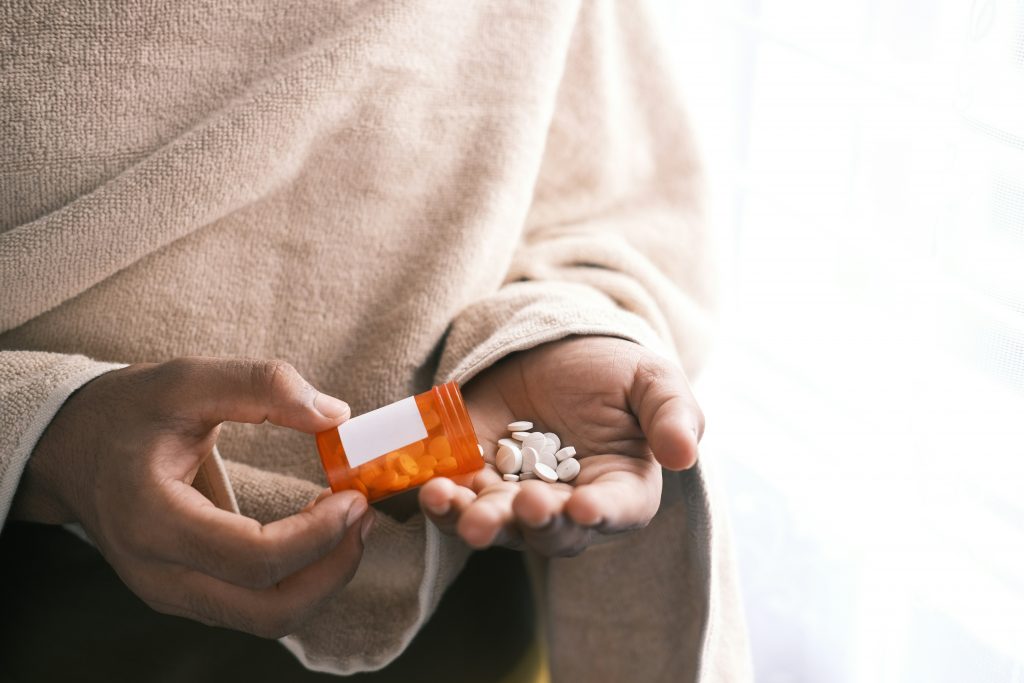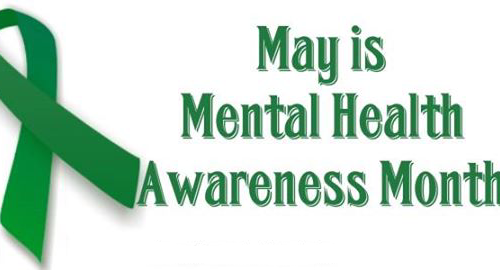Table of Contents
Addiction

What is it? According to the American Society of Addiction Medicine, “people with addiction use substances to engage in behaviors that become compulsive and often continue despite harmful consequences.” (https://www.asam.org/quality-care/definition-of-addiction). Commonly used addictive substances include alcohol, marijuana, cocaine, inhalants, and heroin. Prescription drugs can also be used in addiction. For example, drugs used to treat pain like Codeine, Vicodin and Oxycodone, and drugs prescribed to help with mood regulation, like Xanax, Ativan, Klonopin, can all be used in addiction. Substance Use disorder is the current preferred terminology – rather than Addiction – for these behaviors. The language has moved in this direction in an attempt to alleviate the stigma related to identifying with addiction. This hopefully will more easily allow and encourage those suffering with this issue to seek treatment.
Behaviors can also be addictive. The American Psychiatric Association [APA], which publishes the Diagnostic and Statistical Manual of Mental Disorders [DSM-5] only recognizes gambling as a diagnosable process of addiction, but there are many behaviors that people find to be compulsive and disordered. Other example behaviors include, raging, spending, exercising, and internet, gaming and/or social media use.
Symptoms
Symptoms include excessive and compulsive use or substances or engagement in behaviors, to the point where use interferes with normal functioning in life; negative impact on relationships, school, and/or work for example. Another symptom of a use disorder includes a person’s attempt to stop using and being unable to do so.
Treatment
Treatment for substance use disorders can include a range of interventions. It is commonly recommended that people suffering from these disorders engage in treatment that can range from individual therapy to entering into inpatient/residential treatment or lower levels of care, such at intensive outpatient centers. Participation in 12-Step meetings is also recommended, and working with the sponsor is also encouraged. Working with a psychiatrist and considering some medication support for remaining in sobriety is also helpful.
Codependency

What is it? There are many definitions of Codependency available in a brief internet search. I like to describe Codependency as an extreme “other” orientation in relationships, where a person tends to “filter” all their thoughts and behaviors through another person in an attempt to gain approval, love, and esteem, from that person. Instead of having true Self esteem, the person is highly dependent on others for their esteem and sense of connection. The effect of this is enmeshment with another person and loss of a true sense of Self. Often a trait of these relationships is that the codependent person is enabling an addiction in the other; alcoholism, workaholism, etc.
Symptoms
Symptoms include a strong “other” orientation, low self-esteem, dependency, lack of boundaries, and acting in ways that are out of moderation/containment. Codependents can go to extreme measures to ensure that they are meeting their dependency needs and taking care of others to the point of exhaustion and life being unmanageable. Like substance and process addictions, Codependency can have a detrimental effect on personal relationships, and negatively impact one’s ability to function in school or at work, for example.
Treatment
Treatment includes individual therapy and 12-step support groups such as Codependents’ Anonymous – CoDA, and Adult Children of Alcoholics and Dysfunctional Families – ACA. Individuals may benefit from working with a Psychiatrist to manage related mental health issues such as Anxiety and Depression.





